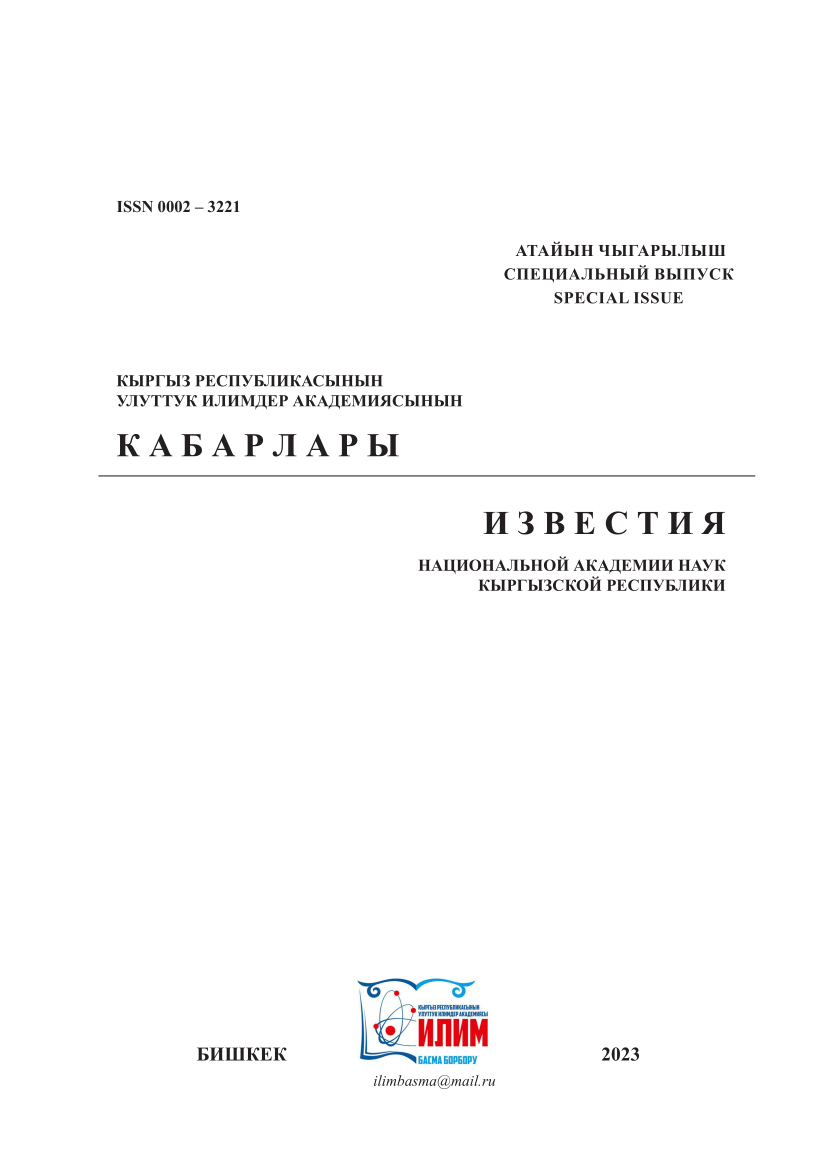MAGNETIC CHARACTERISTICS OF HUMIC COMPOSITE SYSTEMS
Keywords:
humic acids, oxides and hydroxides of iron and neodymium, composites, sorbents.Abstract
Based on the experimental studies, carried out in this work, and the scientific and practical justification of their results, it can be shown that varying of the synthesis conditions (such as concentration of iron and gadolinium salts, the nature of the precipitant , pH, temperature) results in the formation of mixed ensembles - aggregates consisting of nanoparticles of iron and gadolinium oxides and hydroxides in the structure stabilizer – humic acids. It has been shown that when using the chemical coprecipitation method (as opposed to the aging method) in a narrow pH range, the formation of an ensemble of particles consisting mainly of iron and gadolinium oxides is observed. Analysis of the magnetic characteristics of the synthesized humic composite materials showed that the total number of spectral overlaps is proportional to the number of reflections and is characterized by a repeatability factor. This factor value for these samples of humic composites describes their minimum amount, and therefore corresponds to crystals with an average cell.
References
D. Kong и L. D. Wilson,«Structural Study of Cellulose-Iron Oxide Composite Materials», Journal of Materials Science and Chemical Engineering, 2018, 6, 65-77.
A. Akbarzadeh, M. Samiei, и S. Davaran, «Magnetic nanoparticles : preparation , physical properties , and applications in biomedicine», Nanoscale Research Letters 2012, 7, 134-144.
Z. Liu, «Effects of major parameters of nanoparticles on their physical and chemical properties and recent application of nanodrug delivery system in targeted chemotherapy», International Journal of Nanomedicine 2017,12 8483–8493.
E. M. Hotze, T. Phenrat, и G. V. Lowry, «Nanoparticle Aggregation: Challenges to Understanding Transport and Reactivity in the Environment», J. Environ. Qual., 2010, 39/6, 1909–1924.
Л.С. Бондаренко, П.В. Учанов, Н.Г. Чистякова, В.А. Терехова, К.А. Кыдралиева. Влияние гуминовых кислот на модификацию биоактивности магнитных наночастиц. Токсикологический вестник. 2020; 1, 54-60.
H. Wang, A. S. Adeleye, Y. Huang, F. Li, и A. A. Keller,«Heteroaggregation of nanoparticles with biocolloids and geocolloids», Adv. Colloid Interface Sci., 2015, 226, 24–36.
N. P. F. Gonсalves.«Humic acid coated magnetic particles as highly efficient heterogeneous photo-Fenton materials for wastewater treatments», Chem. Eng. J., 2019, 390, 105-115
J. Vaskov, M. Stup, M. Vidov, D. Zatko, и L. Vasko, «Therapeutic Efficiency of Humic Acids in Intoxications», 2023, Life, 13, 11–23
Мамбетжанова Н.Н., Керимбаева А.Д., Зарипова А.А. «Получение полимерных композитных премиксов на основе продуктов комплексной переработки природных материалов», / Сборник материалы международной научно-практической конференции «Биологизация землепользования: почва, технологии, продукция» // МГУ имени М.В.Ломоносова, Москва, 2023, 143-149
Мамбетжанова Н.Н., Керимбаева А.Д., Зарипова А.А. «Исследование свойств гуминовых композитов, содержащих наночастицы гидроксидов железа и неодима» Международный журнал прикладных и фундаментальных исследований, Москва, 2019, 207-215

